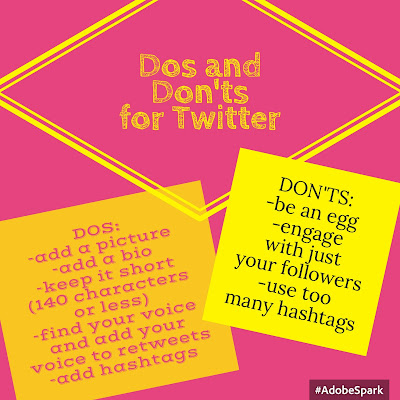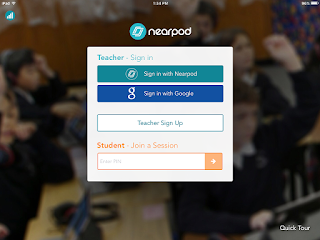So what is unlearning? It is to let go of the things which you have learned. A visual works here. Take a cup, learning represents filling up the cup and unlearning would represent emptying the cup. You empty the cup and fill it up again. You might empty the cup of water and fill it up with a nice nutrient laden smoothie. Same cup, different drink. Continue the loop.
www.quotesgram.com
Our students truly have answers at their fingertips whenever they need them. Problem solving, thinking, learning, looks very different today than it did a decade or two ago. With that in mind, teaching must look differently today. Students must learn how to "empty their cups and fill them up again" with different knowledge.
Close your eyes and invasion a typical, traditional history classroom setting. Do you picture students in rows "listening" to the teacher as he/she lectures? Do you picture students with their textbooks open, mouths closed waiting to here, "This will be on your test"?
Many students have become masters at school. What do I mean by that? Many students have learned how to learn; they've learned how to play the game. "Let me wait until I get the study guide, memorize the heck out of the study guide, take the test, repeat." Those very same students are the ones that need to truly learn, unlearn and relearn. They need to be the ones that are pushed outside of their comfort zones, given a chance to curate their knowledge and lead discussions. This is what led to our amazing journey on recreating the Decision Points Theater. There is this wonderful, simulated theater at the George W. Bush library on the SMU campus.
- Critical Decisions - Play the role of President and dive into the decision-making process in our interactive Decision Points Theater. Hear from presidential advisers and voice how you would act as President when faced with major crises such as Hurricane Katrina or the troop surge in Iraq.
Click here to view one of the Decision Points in order to better understand what took place.
After visiting the theater, a few teachers and I had the idea to recreate the same idea with our students. Students were learning about the American Revolution and Patriots and Loyalists. Instead of simply having the students read the textbook, complete a few small activities, and take a test, we decided to create our own Decision Points Theater first, which would then lead to the students creating their own Decision Points Theater in the spring. We pulled in 5 teachers for help: a newscaster, a patriot, a loyalist, and two reporters. We used Touchcast to put our video together which argued why someone should be a patriot/loyalist. The students got a big kick out of the experience because they saw their teachers acting (insert: making fools of themselves). After they watched the 6 minute Decision Points video, the students were asked to vote using Socrative on whether they would have been a Patriot/Loyalist. Our intended outcome was to discuss Patriots/Loyalists and the pros and cons to both sides. Our true outcome was just that, plus discussing the fact that the president must make decisions on a regular basis. We discussed that he doesn't simply make a decision alone. He uses his own judgement along with many many other advisors facts and opinions. Stay tuned in the spring when we have the students creating the Decision Points Theater. I am certain their creations will be tenfold better than our creation.
Cited sources:
http://www.huffingtonpost.com/seyi-fabode/you-must-learn-how-to-unl_b_8617796.html
http://georgewbushlibrary.smu.edu/en/Visit/Exhibits.aspx































